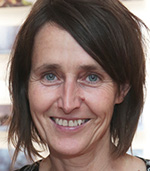
Kristen Kawamura
How to Train Your Dragon: The Hidden World, DreamWorks Animation
Walk us through a typical day.
I worked as a visual development artist for almost 20 years until last year. I became an art director which changed my workday a lot. As an artist, I would usually just work at my desk almost all day, with very few meetings. As an art director, my day filled with meetings and much more interactions with the other artists and crew. The upside is that I feel more involved in the movie and I feel more like I’m part of a team, even though it is a bit more stressful. It’s very different from being an artist, which feels more secluded, more meditative, where I feel more grounded. However, I do enjoy both jobs.
What are the best parts of your job.
Being around art and artists all day! Sometimes it feels like being in an art school. We all try to do good work. We all learn from each other, have discussions about movies and art, etc. We think about what makes a picture better and we learn new things every day. Also, working with people from all over the world makes it very interesting—getting to know them and their different cultures.
What are the biggest challenges?
To do good work I have to feel balanced. When I don’t feel good outside the studio or office, it shows in the work. Of course, coming up with something new is always a challenge, something we don’t see every day, something unusual or funny or whatever the assignment calls for. It is sometimes a bit of a struggle or challenge for me when it comes to communicating my imagination on paper so that everyone else gets it, especially when I feel uninspired, which then makes it really difficult to work! As an artist you constantly have to deliver…every day.
Where do you get your inspiration from?
I spend several hours on the Internet looking for inspirational pictures. I like Pinterest a lot; I make boards with pictures that I find interesting—all kinds of inspiration, from contemporary fine art to children’s art, folk art, and others. One picture leads to another and sometimes it leads to something I would never have thought of. The Internet is not replaceable in this phase. I like this part of my job a lot. I have to be free from stress while I am looking for inspiration and I think my ideas are better when I am relaxed while doing my research.
Visual development artists play a key role in establishing the look of a film or TV show. Their creative exploration and artwork informs the story process. Here, a few share what their typical day looks like, what inspires them and the challenges they must overcome.

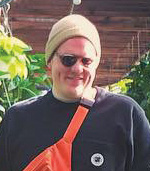
Alex Konstad
Maya and the Three, Netflix
Tell us a little bit about your experience.
I started working in visual development in 2015 on S.C.O.O.B with Reel FX and Warner Animation Group. Since that time, I have bounced around a few studios and I most recently worked at Sony Animation on The Mitchells vs. The Machines. I have been working as a visual development artist on Maya and the Three at Netflix since late 2018. I came onto the project as Paul Sullivan and Gerald De Jesus, our production designer and art director, respectively, had finished the style bible and we hit the ground running into production.
Describe your job.
I work with the director and the production designer/art director to make art to help bring their story and vision to life visually. In the past, I have done a lot of very early blue sky development and pitch illustration. My job on Maya and the Three has primarily been working with story sketches and layout designs for sets and environments and taking them to finished painted sets. I have been focusing a lot on color and mood and how that can help play a role in the design process and storytelling.
What does your typical day look like?
I usually get in the office around 9:00 a.m., have coffee and check emails. I like to start each day with a bit of painting warm up where I’ll take 30 or so minutes to do paint sketches or line drawings of various subjects. Around 9:45 a.m. or 10:00 a.m., I will begin addressing whatever my current assignment is and readying the previous days work for our art dailies where we check in with the production designer and art director. After art dailies, I’ll take lunch and return to my desk to paint for several hours and address whatever notes have arisen. We usually break as an art team and go for a walk around 3:00 p.m. to stretch the legs and get some fresh air before returning to finish the day’s work. I paint for another few hours and leave around 6:00 p.m. to 6:30 p.m. depending on the workload.
What are the best parts of your job?
I love working with all of the talented people. There is a wealth of knowledge and skills to learn from on a day-to-day basis. Jorge [Gutierrez], the director, is a very passionate person and it definitely rubs off when it’s time to sit down and make art.
What are the biggest challenges?
I think for me the biggest challenge is making sure all the art and sets live up to how epic this story is. These environments and characters are like nothing I’ve seen in animation before and doing them justice in the art department is certainly the biggest challenge.
Where do you get inspiration for your work?
I watch a lot of films and find a lot of inspiration in them—the storytelling, the cinematography, the lighting, the soundtracks—all help fuel my imagination when making art for the shows I’m on. I paint a lot of weird things for my personal work. A lot of the things I do outside of work comes from history books, art history, horror books and literature, hiking and being out in nature, building a lot of models, anime, the list can go on. I try to be open to a lot of sources of inspiration, as you never know what can spark the brain into a fun idea.
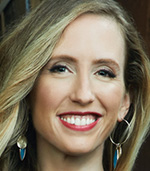
Brittney Lee
Frozen 2, Walt Disney Feature Animation
Describe your job.
I am a Visual Development Artist, and that means that my job evolves over the course of every project. It always begins with the intent to inspire ideas and to help communicate the vision of the directors. Once it feels like everyone is on the same page with the reference I have pulled, the design process begins. The last part of my job is finding ways to clearly communicate approved designs to all the different stages of our pipeline.
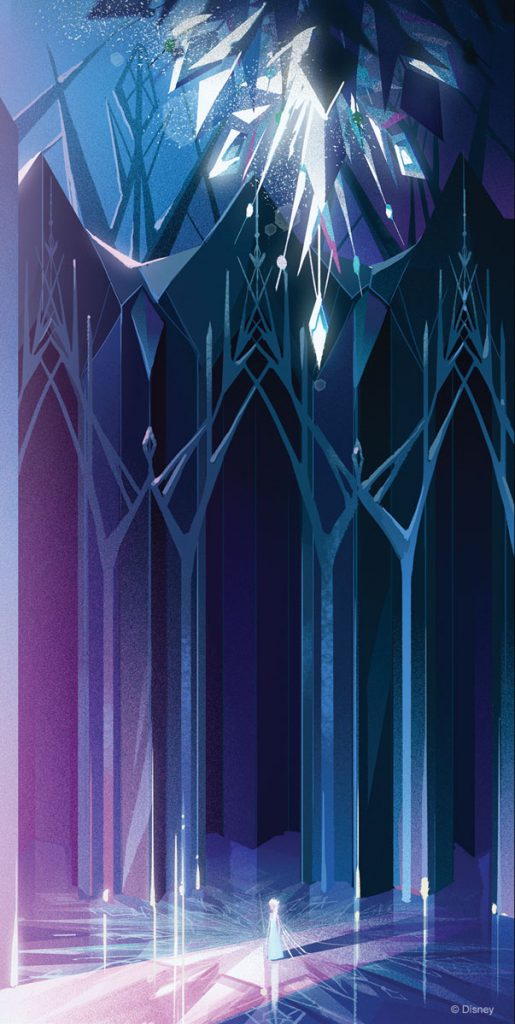
What does your typical day look like?
Every day is different and that is part of the fun! Some days are packed with meetings that can range from artist rounds to director reviews to getting a peek at the latest iteration of looks for the characters at the Disney Parks! Other days, though, are very quiet and are perfect for getting work done at my desk. Usually, it is a little bit of both, with a break for coffee somewhere in the middle.
What are the best parts of your job?
I work with the most incredibly talented people in all different disciplines. It is humbling and a joy to work with and learn from everyone around me. Being able to connect with audiences through the work that we do is also incredibly rewarding and drives me to keep doing the best work I possibly can!
What are the biggest challenges?
The movie-making process is a journey, and things inevitably shift over time. Sometimes things that we spend months working on have to be re-worked in a few days (even hours) based on changes in the stories, and we have to find ways to make it work.
Where do you get inspiration for your work?
I try to find inspiration everywhere, and I usually find that it strikes when I’m not necessarily looking for it. When I’m searching for early reference, I’ll collect everything—interior design, fashion, graphic design, film reference, photography, anything that evokes an emotional response—and try to find a way to use it. When I’m actually ready to design or paint I find that listening to the right music really helps me to stay inspired and to hone in on the tone of the pieces I’m working on.
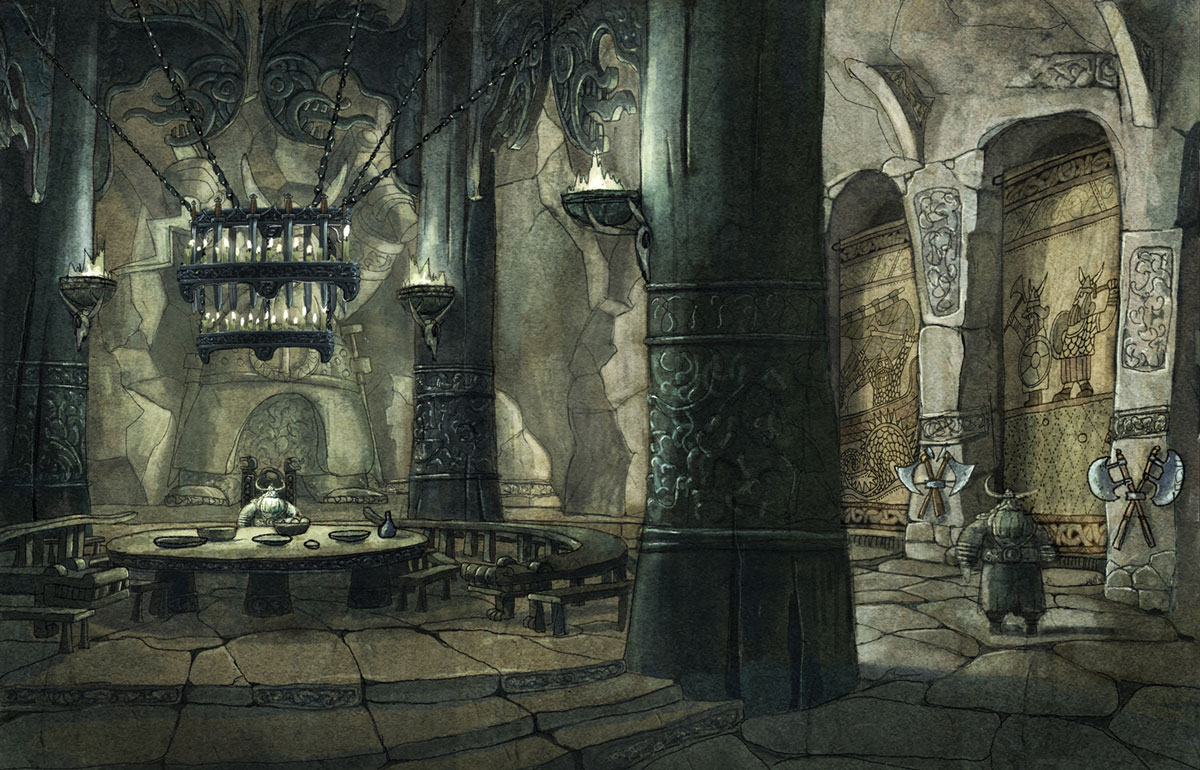
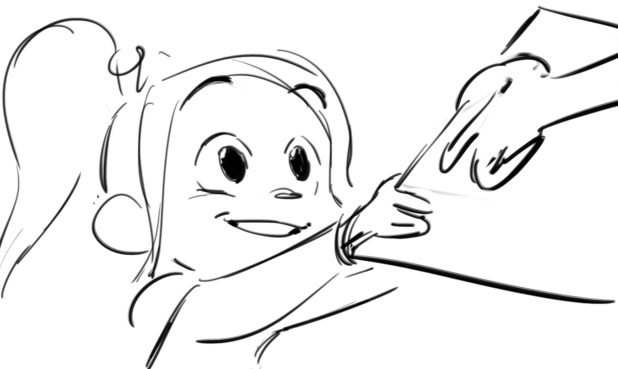
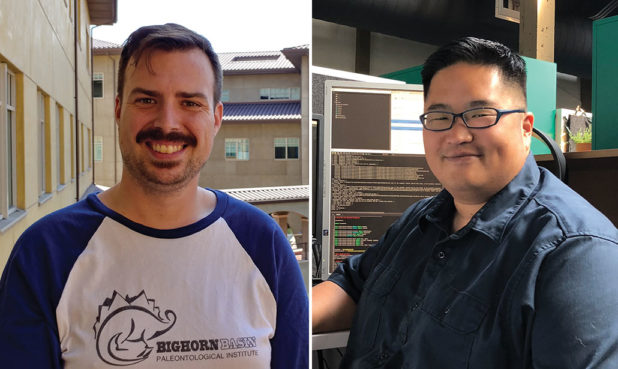
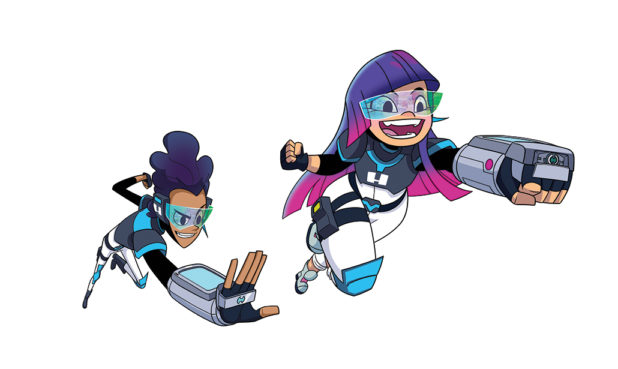
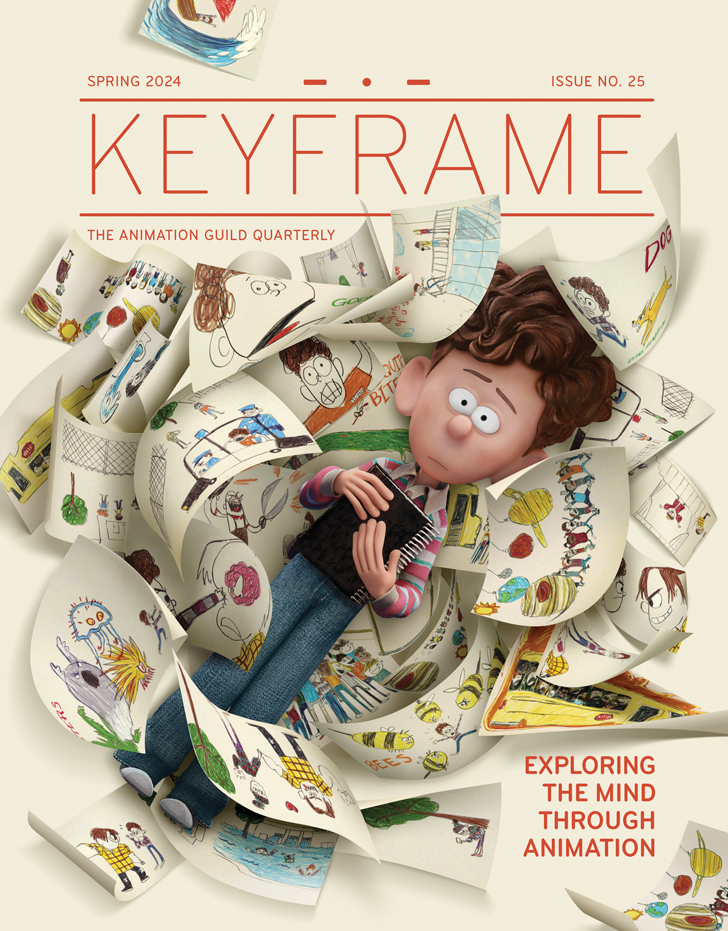
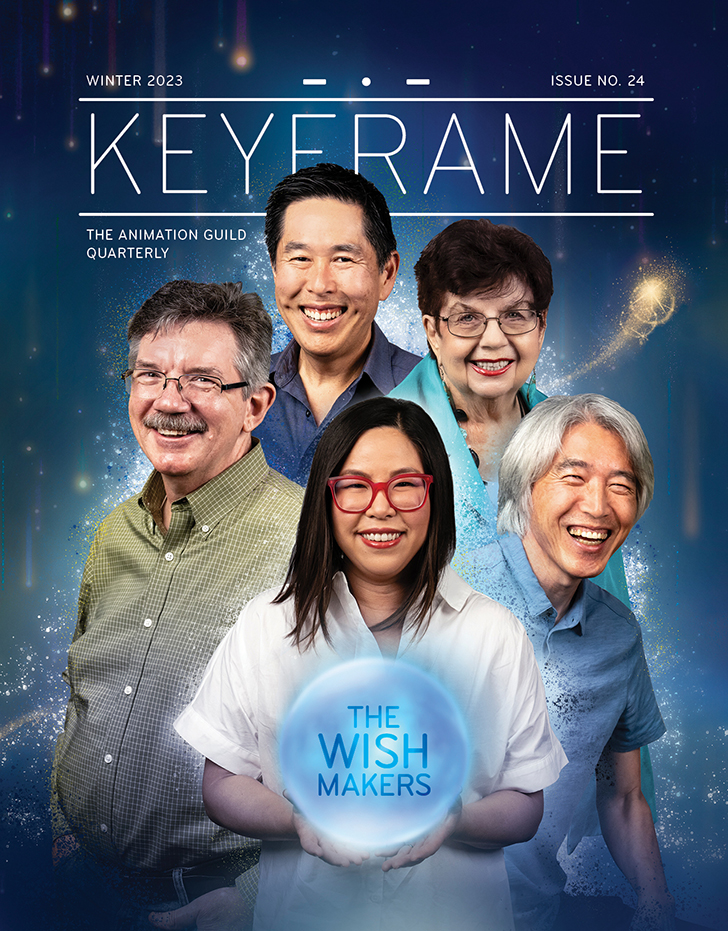
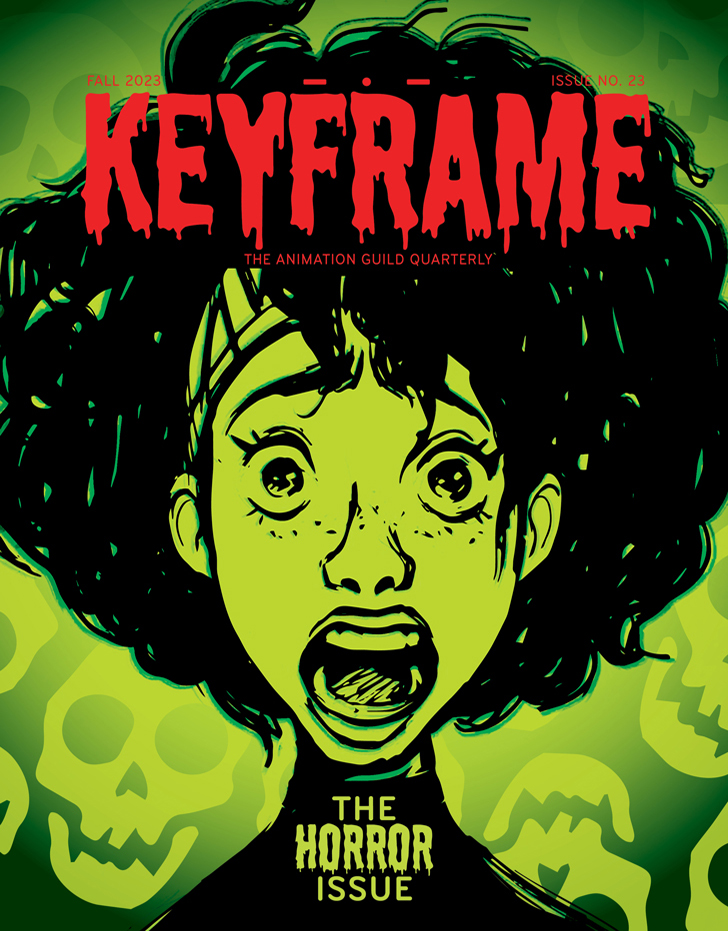
.png)